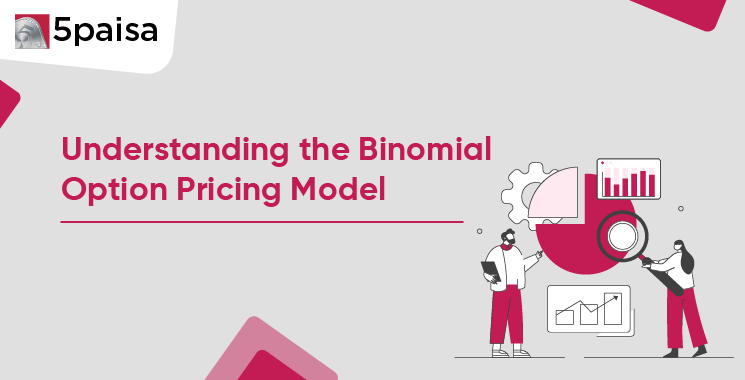Content
- What is the Binomial Option Pricing Model
- How to Calculate Option Prices Using the Binomial Model
- Step-by-Step Guide to Using the Binomial Options Pricing Model
- Pros and Cons of the Binomial Options Pricing Model
- Understanding Different Option Pricing Models
- Practical Example of the Binomial Option Pricing Model
- Limitations of the Binomial Options Pricing Model
- Is the Binomial Model Beginner-Friendly?
- Conclusion
The Binomial Option Pricing Model (BOPM) is one of the most powerful tools available to financial professionals involved in derivative valuation. While introductory treatments often cover the basic theory behind the model, this article goes a step further to explore its advanced usage, particularly within institutional finance and academic research. In a landscape increasingly dominated by algorithmic trading and machine learning, understanding how the binomial model adapts to various market conditions is critical for modern financial analysis.
More Articles to Explore
- Difference between NSDL and CDSL
- Lowest brokerage charges in India for online trading
- How to find your demat account number using PAN card
- What are bonus shares and how do they work?
- How to transfer shares from one demat account to another?
- What is BO ID?
- Open demat account without a PAN card - a complete guide
- What are DP charges?
- What is DP ID in a demat account
- How to transfer money from demat account to bank account
Disclaimer: Investment in securities market are subject to market risks, read all the related documents carefully before investing. For detailed disclaimer please Click here.
Frequently Asked Questions
No. While Excel or Python is commonly used for implementation, any spreadsheet tool or programming environment can handle it with the right inputs.
The Binomial Model is more flexible, particularly for American options, while the Black-Scholes Model is more efficient for European options.
Yes, especially with more time steps. With enough granularity, it converges to the Black-Scholes price.
It provides a transparent, intuitive approach to understanding option valuation and is adaptable to real-world complexities.



